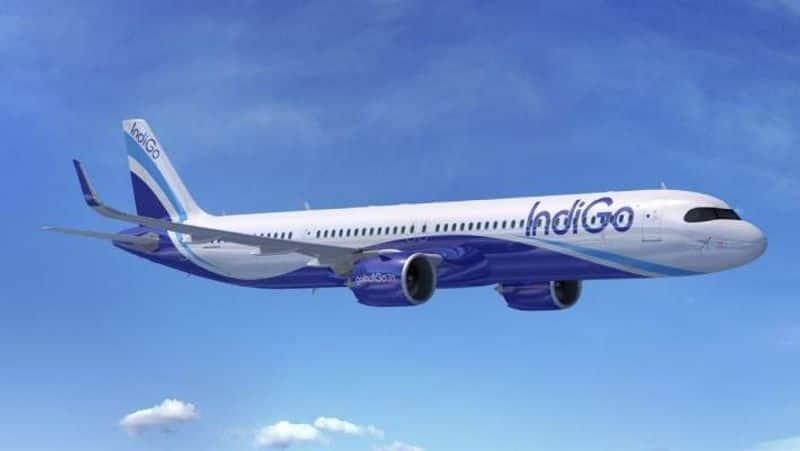
Close Shave For 2 Indigo Planes In November Revealed: How TCAS Averted Mid-Air Collision In Delhi Skies
On November 17, 2023, an Airbus A321 (VT-IUO) was scheduled to operate as flight 6E-2113 to Hyderabad, while an A320 (VT-ISO) was designated as flight 6E-2206 to Raipur. Flight 6E-2113 received clearance from runway 27 and took off at 12:31 PM. However, instead of following its assigned path, it was observed turning left toward the take-off path of runway 29R.
"It established contact with (ATC) which cleared it to climb to 8,000 feet. However, 6E-2113 was observed turning left toward the take-off path of runway 29R instead of (the assigned path). At the same time, 6E-2206 received clearance and departed from runway 29R... climbing to 4,000 feet," the AAIB's preliminary report said, as quoted by TOI.
"6E-2206 came into contact with (ATC) and the controller instructed it to climb to 4,000 feet. During this sequence, a breach of separation occurred between 6E-2113 and 6E-2206, triggering a current conflict alert at 31. Both (the aircraft) received TCAS-RA," the report added.
Also read:
Mumbai airport directed to reduce flights to curb congestion; how will it impact IndiGo, Air India group?
The report indicated that during the closest vertical separation, which was 400 feet, the lateral separation between the aircraft was 1.2 nautical miles (NM). At the moment of the closest lateral separation, which was 0.2 NM, the vertical separation was 800 feet. Fortunately, there were no injuries to any occupants on board either aircraft, and no damage was reported.
Following the Charkhi Dadri crash near Delhi on November 12, 1996, where a Saudi Arabian Boeing 747 collided mid-air with a Kazakhstan Airlines Ilyushin-76, resulting in the loss of all 349 lives onboard both planes, the "traffic alert and collision avoidance system" (TCAS) became mandatory for all aircraft.
TCAS has been credited with saving thousands of lives in numerous air proximity cases. This collision avoidance system issues two types of advisories to pilots: first, a traffic advisory (TA) to alert the crew of two planes that they are on converging paths, followed by a resolution advisory (RA) that instructs the crew to take evasive action to prevent a mid-air collision.
With Delhi airport operating four runways (three at the time of this incident), there is no room for error. Historically, there have been instances of confusion in instructions or failure to adhere to them, and it has often been the quick thinking of pilots or air traffic controllers that has averted disaster. In the latest incident, technology played a crucial role in preventing a potential catastrophe.
Legal Disclaimer:
MENAFN provides the
information “as is” without warranty of any kind. We do not accept
any responsibility or liability for the accuracy, content, images,
videos, licenses, completeness, legality, or reliability of the information
contained in this article. If you have any complaints or copyright
issues related to this article, kindly contact the provider above.


















Comments
No comment